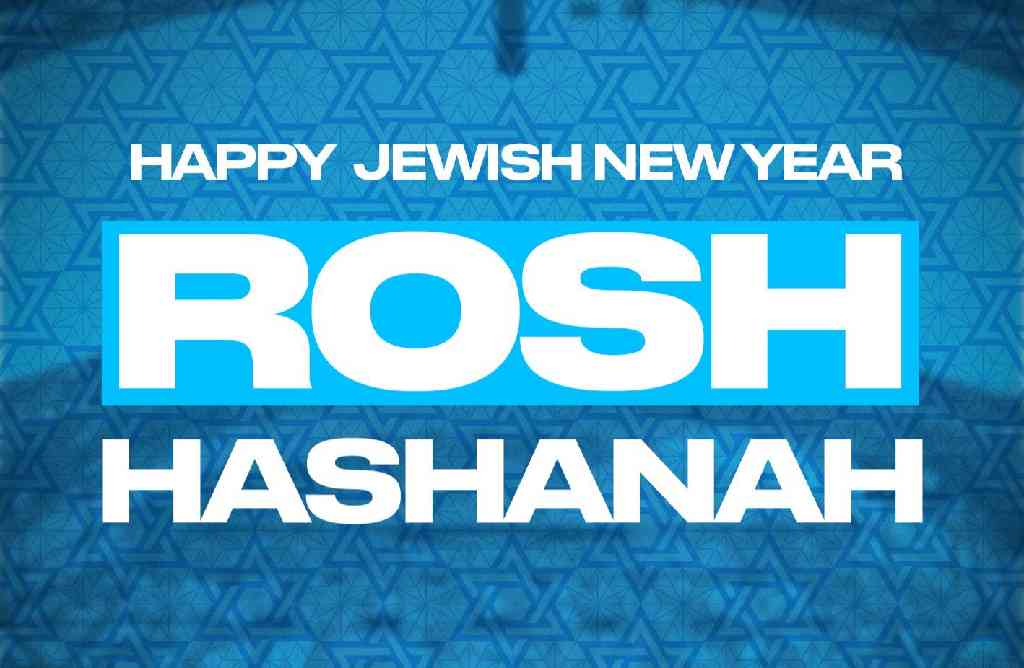Rosh Hashanah, translating to “head of the year” in Hebrew, marks the Jewish New Year. Here’s all you need to know about the Rosh Hashanah and Yom Kippur.

Rosh Hashanah, a cherished two-day holiday, initiates the commencement of the Jewish “High Holidays,” a ten-day period centered on repentance and introspection, culminating in Yom Kippur, also known as the Day of Atonement – the holiest day in the Jewish calendar.
But what precisely is Rosh Hashanah and how is it commemorated? Here’s your comprehensive guide:
What is Rosh Hashanah?
Rosh Hashanah, translating to “head of the year” in Hebrew, marks the Jewish New Year. It is a time when Jewish communities worldwide seek forgiveness from God for their past year’s mistakes and pledge not to repeat them in the year ahead.
Deadly Nipah Virus Outbreak Shocks India! You Won’t Believe What’s Happening!
What is Yom Kippur?
Yom Kippur arrives as the final day of the 10-day repentance period that commences with Rosh Hashanah. Traditionally, it entails fasting and prolonged deep prayer, concluding with the resonating sound of the “shofar” – a trumpet crafted from a ram’s horn.
When is Rosh Hashanah and Yom Kippur in 2023?
Rosh Hashanah falls on the first day of the month of Tishrei in the Hebrew calendar, corresponding to September or October on the Gregorian calendar – the widely used calendar worldwide. In 2023, Rosh Hashanah commences at sunset on Friday, September 15, and concludes at sunset on Sunday, September 17. Yom Kippur will commence the following week on the evening of Sunday, September 24, concluding on the evening of Monday, September 25.
How is Rosh Hashanah celebrated?
The observance of Rosh Hashanah encompasses special foods, traditions, and “mitzvahs” (commandments), with celebrations varying from one family to another. Many individuals attend services at a temple or synagogue, where a unique service is held, conveying messages of hope and atonement for the upcoming year.
During these services, a hollowed-out ram’s horn, known as a “shofar,” is sounded to awaken spiritual awareness and prompt worshippers to reconnect with God and reflect on their transgressions.
Eastern Libya Grapples with Tragic Aftermath of Deadly Storm: Thousands Dead and Missing
A fundamental aspect of Rosh Hashanah is “Tzedakah,” the act of giving back to those in need. The belief is that by performing acts of kindness, God will recognize these efforts and bestow a prosperous new year.
Additionally, some Jewish families symbolize the casting off of their sins by tossing breadcrumbs into bodies of water, a tradition with roots reaching back centuries.
What Do People Eat During Rosh Hashanah?
Fish is a customary dish during Rosh Hashanah, symbolizing fertility and abundance. Some choose to consume the fish head, expressing their desire to lead rather than follow in the coming year.
Many Jewish households enjoy challah bread and apples dipped in honey, signifying their sweet aspirations for the New Year.
Pomegranate is also a favored fruit, with its numerous seeds representing the many blessings anticipated in the year ahead.
Shocking Footage: Morocco Earthquake Unleashes Chaos, Miraculous Escapes Caught on Camera!
What Are Rosh Hashanah Greetings?
As Rosh Hashanah marks the Jewish New Year, the most common greeting is “Happy New Year.” In Hebrew, this is expressed as “Shanah tovah” (pronounced shah-NAH toe-VAH), which directly translates to “good year.”
“Shanah tovah” is a concise form of the longer greeting, “L’shana tovah u’metukah,” conveying wishes for “a good and sweet year.”
Alternatively, you can extend the festive spirit with “chag sameach” (pronounced KHAHG sah-MEY-akh), which means “happy festival” and serves as the Hebrew equivalent of Happy Holidays.
African Union Secures Coveted Spot in G20! You Won’t Believe What It Means for Global Politics!
